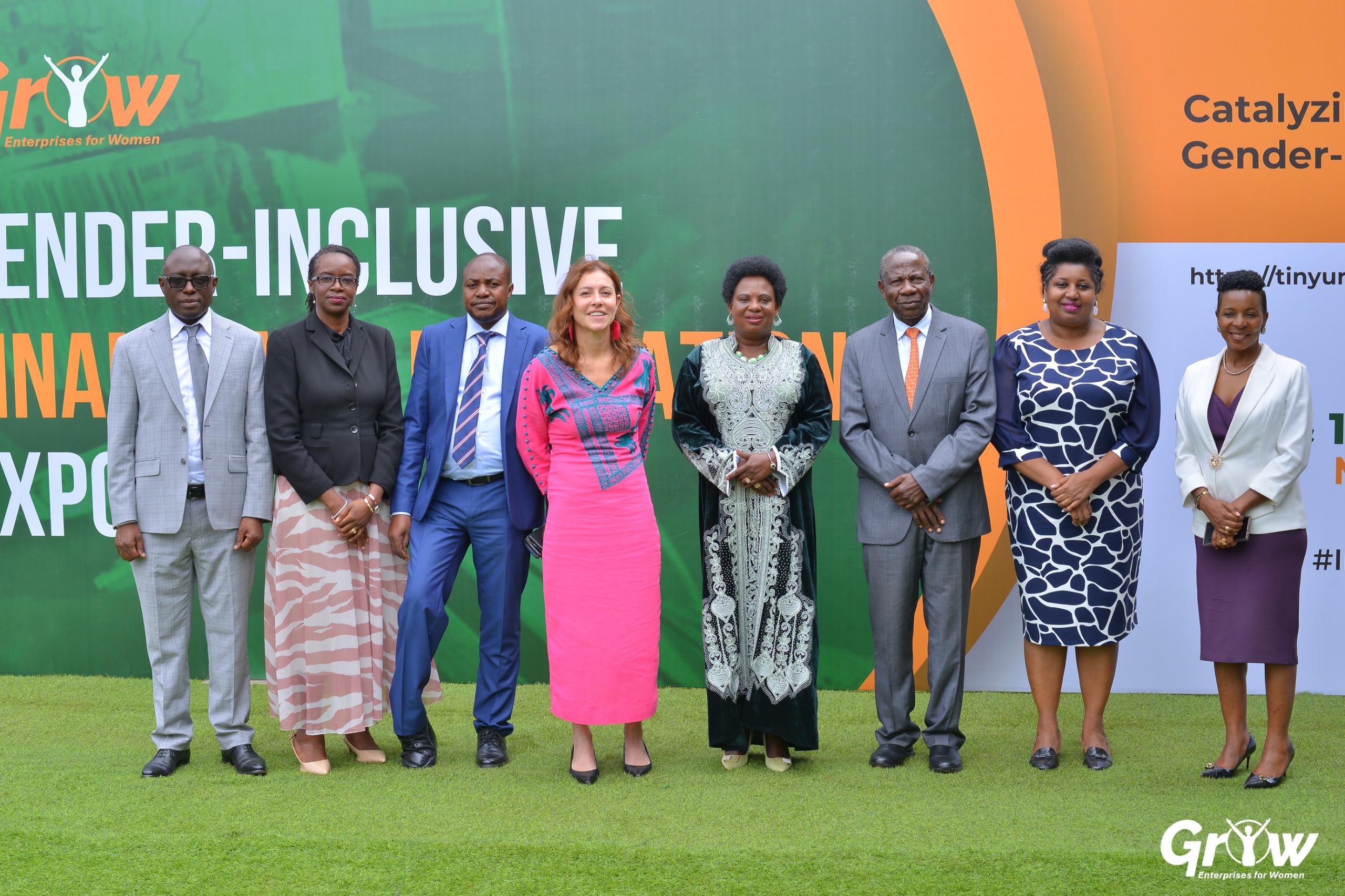Oil palm production under the Vegetable Oil Development Project Phase Two (VODP 2) has progressively improved the livelihoods of Kalangala district residents.
VODP 2 focuses on promoting oil palm production in Kalangala using value chain development approach.
According to the recent findings by the Kalangala Local Economy Wide Impact Evaluation (LEWIE), due to oil palm production in the district, the per-capita expenditures of both permanent residents [both oil palm farmers and non-oil palm farmers] and workers in the estates exceeded the average per capita income of Uganda.
“Kalangala residents were found to earn approximately Shs3.3 million (USD 908), the worker households’ expenditure was Shs2.8 million (USD 778) while the average per capita GDP for Uganda was USD 615.3 in 2016,” the findings stated.
LEWIE also found out that there has been an evident increase in the establishment of businesses in Kalangala with 20 per cent of all oil palm households operating at least one small business in the district and 50 per cent of non-oil palm farmers also running at least one business.
“The average age of the businesses was 5.2 years and business formation increased after 2007 and especially after 2010, when oil palm harvesting started in Kalangala.”
Connie M. Masaba, the Project Manager told Watchdog Uganda that the largest income gain is to the oil palm producing households whose real income has since grown by Shs1.02 million per additional acre of oil palm.
“The real income in households that do not cultivate oil palm increases by Shs800,000 and oil palm worker households by Shs110,000 per additional acre . The additional acre also increases retail sales in Kalangala by Shs660,000 and expands non-agricultural production by Shs490,000,” said Masaba.
“A 10 per cent increase in oil palm productivity for smallholder farmers raises real income in Kalangala by Shs4.3 billion with Shs 1.8 billion being gained by non-oil palm producing households and Shs2.2 billion being gained by oil palm farming households. Households of the oil palm laborers also benefit from higher productivity on the oil palm plantations with a real income of Shs 225 million.”
Anthony Wanyoto, the VODP 2 Communications and Knowledge Management Officer said the LEWIE findings have helped to highlight the importance of oil palm cultivation not only for oil palm farmers but also for the economy of Kalangala as a whole.
Led by University of California’s Prof. Edward Taylor working with a team from the Agriculture Ministry, LEWIE was designed to evaluate the impact of oil palm production on incomes, welfare, production activities of project beneficiaries as well as non-beneficiaries in the district.
Do you have a story in your community or an opinion to share with us: Email us at editorial@watchdoguganda.com











